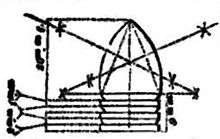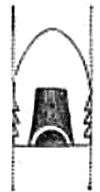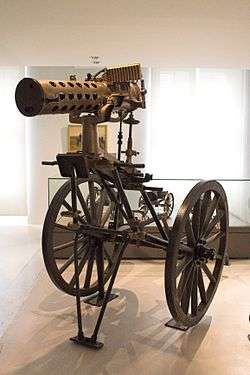Tamisier



François Tamisier (1809, Lons-le-Saunier, Jura – 1880) was a French artillery captain of the 19th century. He invented various methods to improve the rifled gun, particularly ball grooves (not to be confused with the Minié ball).
Ball grooves
Captain Tamisier obtained a patent in 1841 for a method to improve the accuracy of cylindro-conical shot, by cutting three sharp grooves (French: "cannelures") on the cylindrical part of the shot.[1]
Compared to round shots, which offered a rather inefficient but symmetrical and stable aerodynamic round profile, the aerodynamic stability of the cylindro-conical shot had been an issue in early rifled weapons of the type developed by Delvigne.[2] Through Tamisier's method, the resistance of the air behind the center of gravity of the shot was increased, thereby increasing its stability, in a manner similar to that of arrow feathers in an arrow (fletching), or shuttlecocks. The shot would thus remain stable in flight and increase greatly in efficiency.[1] Tamisier had experimented with the ball developed by Delvigne to discover the effect of aerodynamic resistance on the trajectory of a bullet.[2][3]
The Tamisier grooves greatly improved the efficiency of the cylindro-conical bullet. However they rendered the forcing of the bullet against the grooves of the rifle bore in the Delvigne system rather difficult. To accommodate this difficulty, the stem rifle was developed by Thouvenin.[2] These principles were later incorporated in the design of the Minié ball.[1]
Progressive rifle grooves
Tamisier also developed a method for making rifle grooves, which was original in that the grooves were deeper at the breech and progressively shallower towards the muzzle. This provided for a progressive forcing of the ball as it moved through the barrel, greatly improving its efficiency.[4][5]
Notes
- 1 2 3 Military Dictionary by H. L. Scott p.510 1863
- 1 2 3 Rifles by David Westwood, p.275-276
- ↑ The United Service Magazine 1853 p.515-516
- ↑ Deanes' Manual of the History and Science of Fire-arms by John Deane p.237-238
- ↑ The United Service Magazine 1853 p.501
